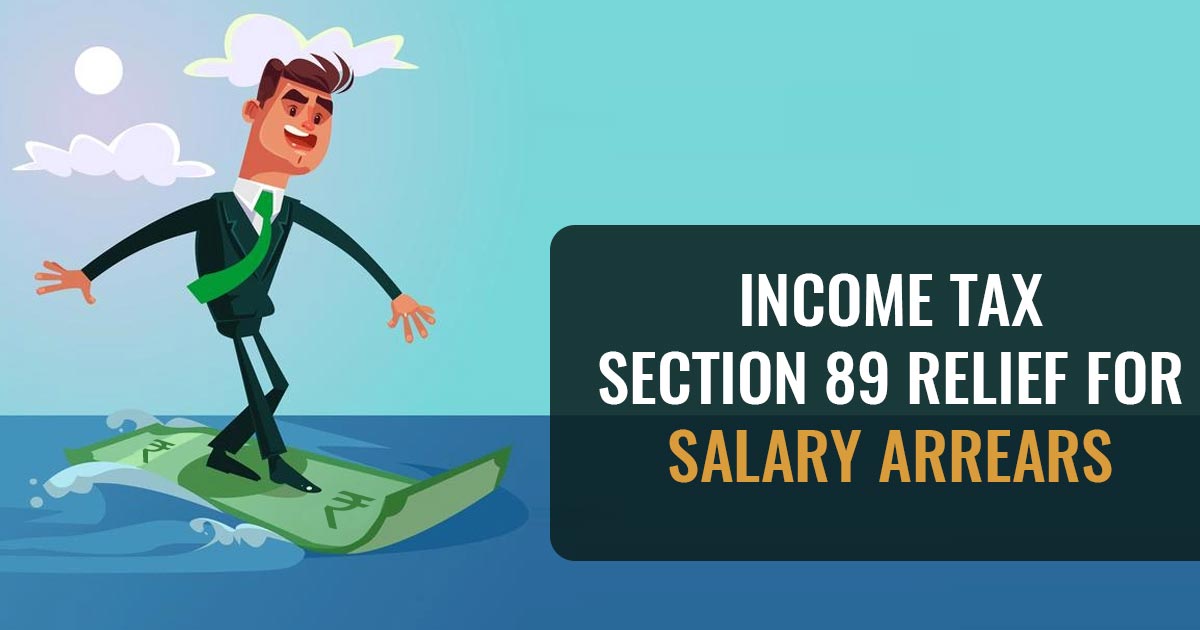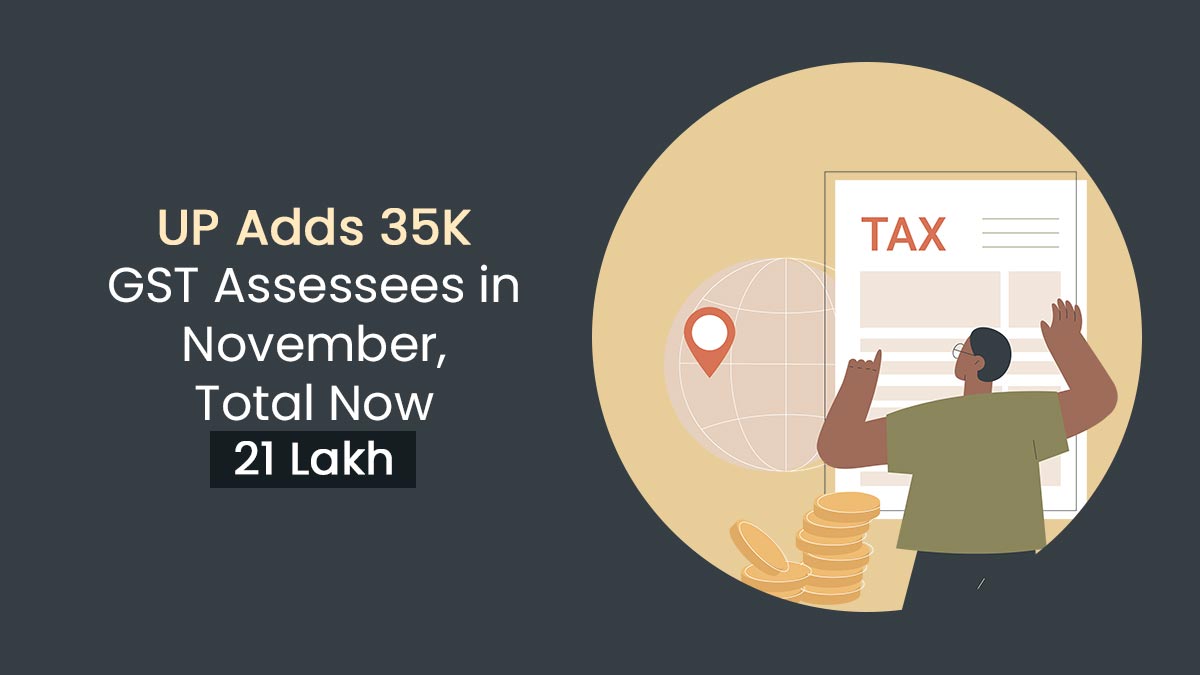
In this post, you are required to find out the relief when salary, etc. is furnished in arrears or in advance:
There are various cases in which an employee might obtain the salary arrears for the present year for any previous year’s left dues to furnish the amendments. The tax payable for the present year is much more when the other arrear gets added to the income of the prevailing year. This is because of the shift from the income tax slab rate to the higher tax slab.
Thus Section 89 under the Income Tax Act has been incorporated by the Government which comes as a benefit in this context as this law permits the tax deduction for the other tax burden on the employees obtaining the salary arrears.
As per section 89(1), the tax deduction/relief has been furnished through recomputing the tax for the year to which the arrears are obtained and the year to which the arrears are concerned and these taxes get managed for the year in which they get due before. Moreover, if the assessee needs to pay more tax for the year of receipt than “what he would have originally paid had he received the money in the year(s) that he was supposed to receive it, such additional tax can be reduced from the tax payable.”
What is the Method to Compute Tax Relief on Salary Arrears U/S 89(1)?
Mentioned are the steps to compute the tax relief amount:
- Step 1: We are required to compute the tax liability upon the total income, which consists of the salary arrears for the year where it is obtained.
- Step 2: Compute the tax liability on the total income which does not include the salary arrears for the year of receipt. The step provides us with the tax payable amount had there been no arrears obtained in the present year.
- Step 3: computes the difference in the tax liability as step 1 and step 2. This will be the tax on the additional salary engaged in the total income.
- Step 4: computes the tax liability on the total income which consists of the arrears amount obtained for the year to which arrears are concerned.
- Step 5: Compute the tax liability on the total income which does not include the arrears obtained amount for the year to which the arrear is concerned.
- Step 6: Compute the difference amid the amount computed according to step4 and step5. It provides us with the original tax liability for the previous year to which the arrears are obtained for the present year.
- Step 7: Beneath section 89 the excess amount at step 3 over step 6 shall be the tax relief that is permitted under the law. For this case, there is no excess that is if the tax computed according to step 3 is less with respect to that computed in step 6 the employee is not required for the relief beneath section 89 if no relief is permitted.
You might go to the income tax website to compute the relief beneath section 89, there is the link- https://www.incometaxindia.gov.in/Pages/tools/relief-under-section-89.aspx#
The Cases in Which Section 89 Implements?
Relief Beneath Section 89(1) is Available in the Mentioned Cases:
The salary is obtained in arrears or in advance [Rule 21A(2)]
The gratuity obtained for the previous services [Rule 21A(3)]
Compensation upon the finish of the employment [Rule 21A(4)]
Payment of commutation of pension [Rule 21A(5)];
Method to Claim the Tax Relief Computed Beneath Section 89
So to avail of the relief below section 89 people need to furnish Form 10E available for the income tax portal inside “the new e-filing portal, log in and on Dashboard, go to e-File > Income tax forms > File Income Tax Forms). Filing of Form 10E is” just essential. Towards the case of non-filing of Form 10E, the ITR shall get processed but the relief claimed u/s 89 shall not get permitted that is the relied on beneath section 89 of the income tax Act shall get permitted only if the Form 10E gets furnished prior to the furnishing of the ITR.
Through the Help of an Example Let us Know the Calculation
Let us know if Ms Nisha obtained Rs 1,50,000 as the arrears to furnish in the FY 2020-21 towards the fiscal year 2019-20. Beneath the ordinary conditions, she furnished the “tax of Rs 1,10,760 on her income of Rs 9,70,000 for FY 2020-21”. But, after the addition of the arrears of Rs. 1.5 lakh, her tax liability gets raised to Rs. 1,54,440.
Moreover, towards the FY 2019-20, she furnished a tax of Rs 75,400 upon her income obtained which was Rs 8 lakhs. Did she obtain the arrears of Rs 1.5 lakhs for the year they get left the tax liability shall be Rs 1,06,600?
Through this information, the tax relief available to Ms Nisha is been calculated:
| Sl No. | Particulars | Amount |
|---|---|---|
| 1 | “Tax payable on the total income for FY 2020-21, including the arrears” | 1,54,440 |
| 2 | “Tax payable on the total income for FY 2020-21, excluding the arrears” | 1,10,760 |
| 3 | “Difference between Step 1, Step 2” | 43,680 |
| 4 | “Tax payable on the total income for FY 2019-20, including the arrears” | 1,06,600 |
| 5 | “Tax payable on the total income for FY 2019-20, excluding the arrears” | 75,400 |
| 6 | “Difference between Step 3, Step 4 | 31,200 |
| 7 | “Amount of relief = Step 3 – Step 6 | 12,480″ |
Note: According to step 3 if the tax subjected to pay (furnished in the year of receipt) is less than the tax payable according to step 6 reveals that if there is no excess tax then there is no relief provided.










How to avoid 10% surcharge for more than 50 lakhs due to Salary arrears of 6 Lakhs.
I need one clarification. Is there any column in ITR 2 to mention the relief claimed u/s 89 through filing of Form 10 E
In Assessment Year 2023-24 the assessee gets the arrears of Salary of Assessment Year 2021-22 and 2022-23. On claiming relief u/s 89(1), the income of assesse for Assessment Year 2021-22 and 2022-23 was also becomes taxable. Although the Income Tax due for Assessment Year 2021-22 and 22-23 were paid by way TDS adjustment while claiming relief u/s 89 in Assessment Year 2023-24, now how to file the ITR for 2021-22 and 2022-23 under updated scheme of itr filing ?
Please clarify firstly if arrears pertaining two years such distribution allowed or not. Secondly because of arrears taxable income crosses 50 lacs and there by attracting surcharge. This surcharge also get exemption or not
If anybody fails to fill form 10 E in assessment year 2022-23 in which he got the arrear of previous years. Can he fill Form 10 E during filling ITR for AY 2023-24. Pls respond.
Its beautiful presentation.
It realy works.
A person get arrear pertains to 21-22 and 22-23 in FY 23-24 after adjusting arrear of 21-22 and 22-23 get a relief of 19000 but his net liability is 22000 for F.Y. 23-24. Does he eligible for relief under 87A for FY 23-24, while filing return no relief is showing under 87A
87A relief depend upon total income
Where is section 1 of section 89? In my view the rule prescribed is 21AA and form 10E is also provided under sub section 1 of section 89 which is not in the Act. Hence the provision made with reference to subsection 1 of 89 has become irrelevant.